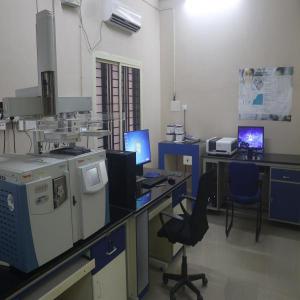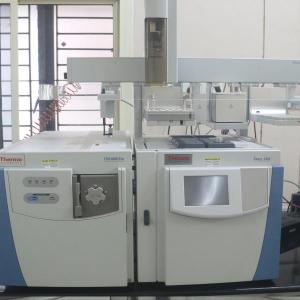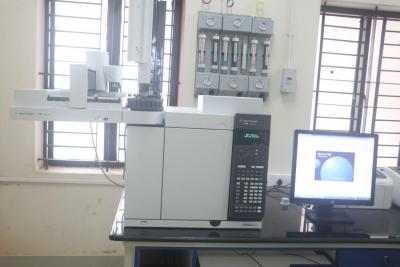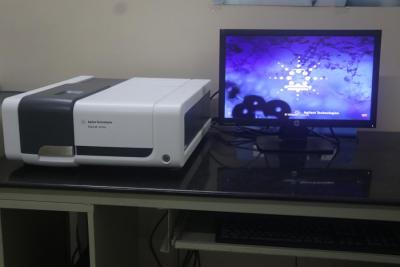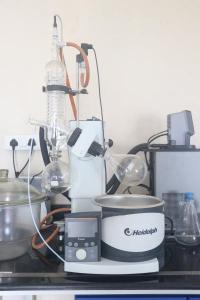Pesticide residue testing laboratory attached to Soil Science and Agricultural Chemistry department since the year 2015-16. The residues of pesticide of fruits and vegetables collected from ecoshops, vegetable clusters and open markets of northern district of Kerala are analyzed here. About 3000 vegetable samples including capsicum, cabbage, snake gourd, beetroot, potato, tomato, beans, ivy gourd, bottle gourd, brinjal, ashgourd, pumpkin, cucumber, ginger, bhindi, cauli flower, ridge gourd, cowpea, salad cucumber, bitter gourd, carrot, pumpkin, elephant foot yam, chilly, green peas, potato, curry leaves, amaranthus, coriander leaves, mint etc and different fruits banana, orange, grape etc are analyzed in the laboratory
Gas chromatography–mass spectrometry (GC-MS/MS)
is an analytical method that combines the features of gas-chromatography and mass spectrometry to identify different substances within a test sample. Applications of GC-MS include drug detection, environmental analysis, and identification of unknown samples.
GC - Gas chromatography
Gas chromatography (GC) is an analytical technique used to separate the chemical components of a sample mixture and then detect them to determine their presence or absence and/or how much is present.
UV–visible spectrophotometer (UV–Vis or UV/Vis)
UV spectrophotometer or UV–visible spectrophotometer (UV–Vis or UV/Vis) refers to absorption spectroscopy or reflectance spectroscopy in part of the ultraviolet and the full, adjacent visible regions of the electromagnetic spectrum.
Rotary vacuum evaporator
A rotary vacuum evaporator is a device used in chemical laboratories for the removal of solvents from samples by evaporation.





